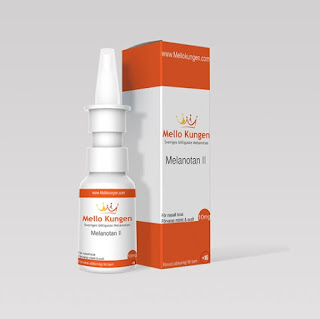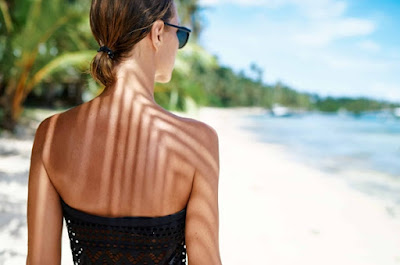What Skin Type Am I?
Sun exposure is similar in that your body is geared to heal skin damage caused by UV light exposure. Its natural means of protecting itself from sunburn and continued exposure are to develop a tan. To put it another way, claiming that all exposures to UV radiation causes skin damage and should thus be avoided is both misleading and wrong. It's like though arguing that because water causes drowning, humans should stay away from all water. Water may induce drowning, yet our bodies require it as well. Regular daily contact with water is not harmful; in fact, we would perish if we did not have it. We, too, require light exposure; without it, we would perish.
 |
Sunburn
avoidance, according to the professional indoor tanning business, is a more
effective message than absolute abstention, which encourages misuse. It's a
responsible and open approach to the problem. Given the fact that everyone's
susceptibility to UV radiation is different, determining your skin type should
be the first step you take before tanning if you haven't already done so. If
your skin is susceptible to UV radiation, you should limit the amount of time
it is exposed to the sun. In addition to assisting, you in evaluating your skin
type and designing a tanning program that is appropriate for you, a tanning
consultant will ensure that your exposure length is raised based on your skin's
sensitivity to UV radiation while preventing overexposure to the sun.
Your body's
natural defense against sunburn is tanning; it's what it's intended to
accomplish. Representatives from the dermatology business have myopically
referred to this process as "damage" to your skin, but referring to a
tan as "damage" is a hazardous oversimplification.
There are six basic skin types:
Skin Type 1
Because of
its high sensitivity to ultraviolet radiation and dazzling white tone, skin is
highly vulnerable to sun damage. It is recommended that they avoid tanning
salons since their skin does not produce melanin and consequently burns rapidly
and does not brown when exposed to sunlight.
Skin Type
2
This type
has pale skin that is sensitive to the sun and burns easily in the sun. You
will be able to tan softly, and the tanning process will be moderate and
steady.
Skin Type 3
This skin
type has a complexion that is fair, and she has a normal degree of UV
sensitivity. This skin type is the most popular among those who attend a
professional tanning salon since it tans well on average and does not burn
easily on rare occasions.
Skin Type 4
This type
has light brown skin and is resistant to ultraviolet radiation. With each
exposure, the skin may burn somewhat and tan, slightly more than normal, and
the skin can get a tan quite quickly, as well as detect the tan almost
immediately.
Skin Type
5
This type
has dark skin and is resistant to ultraviolet radiation. May burn only
infrequently, but may easily and rapidly get a tan, as well as be able to
notice the tone that has developed.
Skin Type
6
This type
has a very dark complexion and is extremely resistant to ultraviolet radiation.
It is rare for someone to burn and tan fast and abundantly, and tanning has
little to no effect on the skin's color.



Comments
Post a Comment